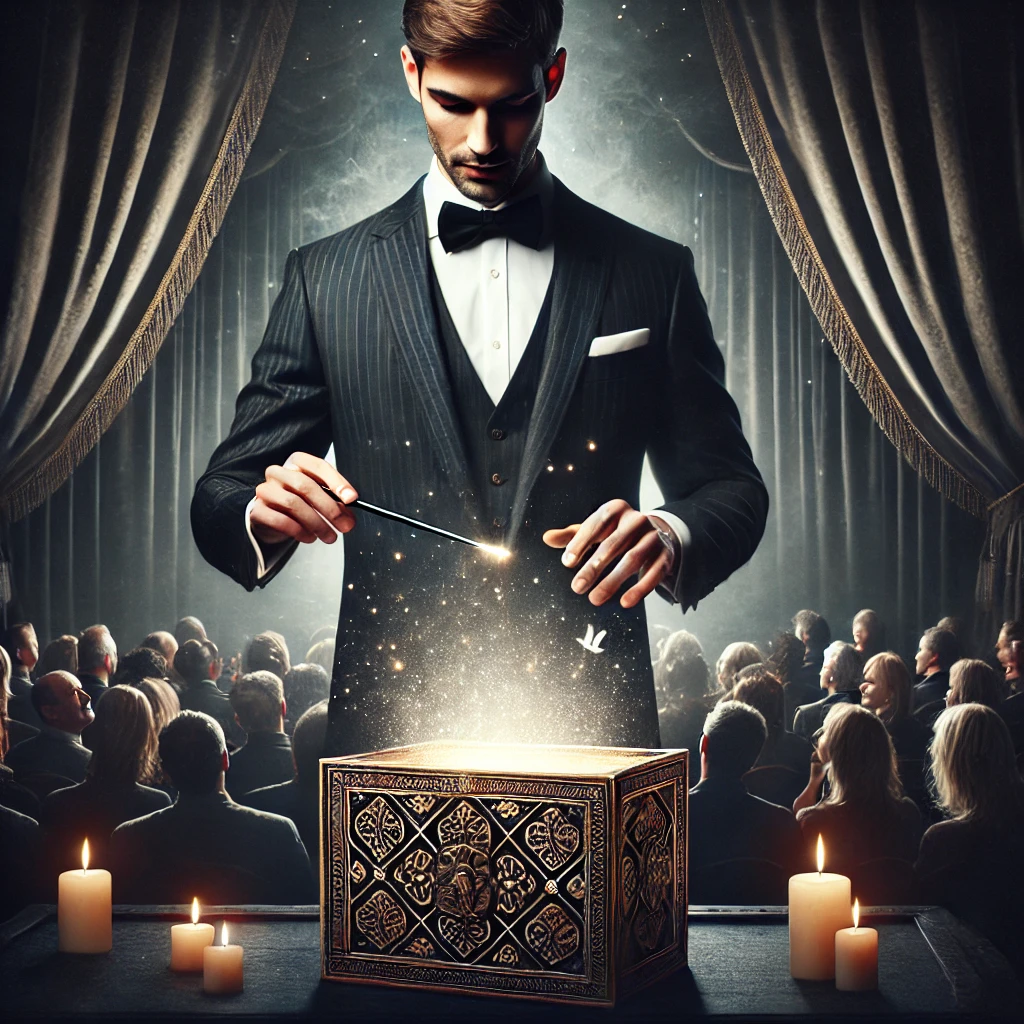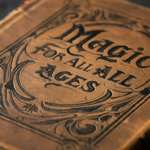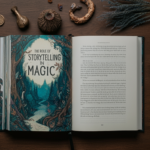Magic has been a source of wonder and fascination for centuries. From ancient shamans to modern-day illusionists, the art of magic has evolved into a sophisticated and highly skilled performance. But what lies beneath the surface of these enchanting displays? How do magicians make the impossible seem possible? In this blog post, we’ll dive into the secrets behind some of the most famous illusions and explore the techniques that magicians use to make magic real.
The Psychology of Magic
At the heart of every magic trick is the concept of deception. Magicians are masters of manipulating perception, using a combination of psychology, misdirection, and sleight of hand to create their illusions. Understanding how the human brain works is essential to crafting a successful magic trick.
- Misdirection: This is the cornerstone of most magic tricks. By directing the audience’s attention to one thing, the magician can perform the necessary actions to create the illusion elsewhere. For example, a magician might wave one hand dramatically while using the other hand to slip an object into their pocket. The audience, focused on the waving hand, misses the critical moment when the object disappears.
- Expectation and Surprise: Magicians often play on the audience’s expectations to create a sense of surprise. By setting up a scenario where the audience thinks they know what will happen next, the magician can then subvert those expectations with a surprising twist. This element of surprise is what makes magic so thrilling.
- Cognitive Biases: Human brains are wired to fill in gaps in information, often leading to cognitive biases that magicians can exploit. For instance, if a magician places an object in one hand and then closes it, the audience assumes the object is still there, even if the magician has secretly removed it. This assumption allows the magician to create the illusion of making the object vanish.
The Tools of the Trade
Magicians use a variety of tools and props to perform their tricks, but the real magic lies in how these tools are used. Here are some of the most common elements of a magician’s toolkit:
- Sleight of Hand: This is the art of manipulating objects secretly, without the audience noticing. It requires extensive practice and dexterity, as the magician must be able to perform actions like palming, switching, or vanishing objects smoothly and invisibly.
- Gimmicks and Props: Many magic tricks rely on specially designed props, known as gimmicks, to create the illusion. These can be anything from a deck of trick cards to a box with hidden compartments. The key is that the audience remains unaware of the gimmick’s existence.
- Stagecraft: For larger illusions, stagecraft plays a crucial role. This includes the use of lighting, trapdoors, mirrors, and other stage elements that can create dramatic effects. For example, a magician might use a mirror to create the illusion of an empty box when, in fact, it’s hiding a person or object.
The Art of Presentation
Beyond the technical aspects of magic, presentation is what truly brings an illusion to life. A skilled magician knows how to build a narrative around their tricks, engaging the audience emotionally and intellectually. This storytelling aspect is what separates a simple trick from a memorable magical experience.
- Building Suspense: Timing is everything in magic. A good magician knows when to pause, when to speed up, and when to reveal the trick. By carefully controlling the pace of the performance, the magician can build suspense and anticipation, making the final reveal all the more impactful.
- Audience Interaction: Engaging the audience is key to a successful magic show. Whether it’s asking for volunteers, addressing the audience directly, or involving them in the trick, interaction makes the experience more immersive and personal.
- Charisma and Confidence: A magician’s personality is a big part of their performance. Charisma and confidence can make even a simple trick seem extraordinary. The way a magician carries themselves, speaks, and interacts with the audience all contribute to the overall effect.
Conclusion
Magic is a blend of art and science, psychology, and performance. While the secrets behind the tricks may be simple, the skill and artistry involved in making them seem real are what make magic truly special. The next time you watch a magic show, take a moment to appreciate the craftsmanship behind the illusions – and let yourself be swept away by the wonder of it all.






